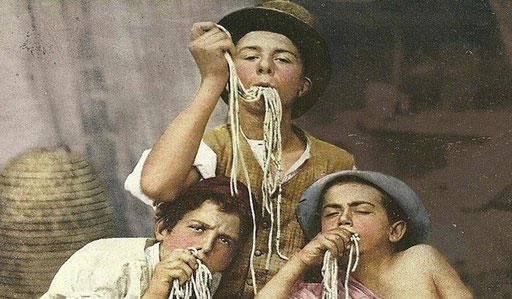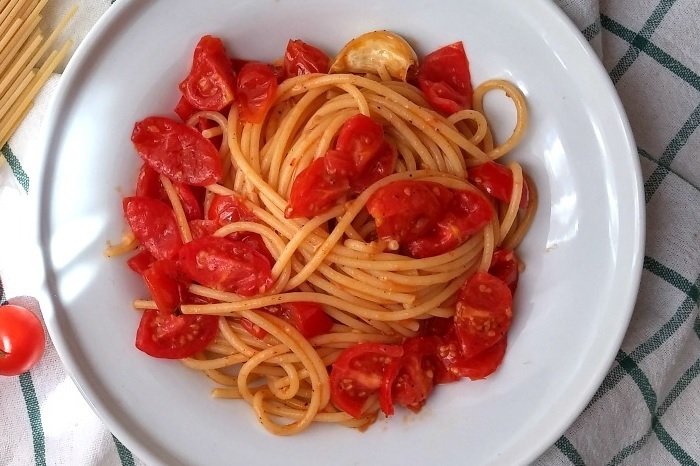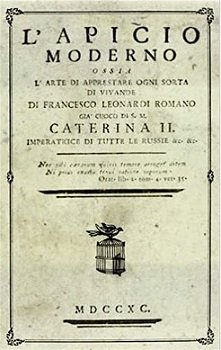Today Stefano Milioni tells us about the happy marriage between pasta and tomato, which led to the birth of pasta as we know it today.
Only when it was combined with tomatoes did pasta become a real “dish” and a dietary staple, inspiring cooks to devise recipes to be published and disseminated. So in talking about pasta, and the pasta that we eat today, it is important to also trace the history of the tomato to their meeting.
The tomato arrived in Italy, at least officially, in the 17th century. It was introduced to the country by the Spanish, but at the same time they did not introduce any culinary preparations in which the fruit was used.
In Campania, the adopted home of “pummarola” or tomato puree, large-scale tomato cultivation was slow to get off the ground, although the plant was first grown in the region as early as 1596. What is certain is that a plate of macaroni seasoned with a little cheese (but without tomatoes, hence “in bianco”) was sold in the late 1700s for two cents in the taverns of Naples.
As it turns out. it took more than a century and the ingenuity of southerners, stimulated by chronic famine, to make tomato and pasta coexist. Who took that fateful step is impossible to say but it seems that some carters from the Trapani area, soon emulated by the rural inhabitants of western Sicily west, began the practice of adding a conspicuous amount of sliced tomato to the water in which macaroni or vermicelli was boiled.
In the North, however, the tomato was cultivated as an ornamental plant.
Tomatoes in cooking yes, but when with pasta?

Fascinating Neapolitan watercolors of the early 19th century always depict maccaronari o macaroni eaters stuffing themselves, with their hands, with pasta in bianco. It meant that it continued to be flavored only with grated cheese, or incaciata, according to the expression of the time.
We have to go to the mid 1800s before the following appeared. the first recipe for vermicelli with tomato sauce. However, it is always possible that many housewives were already combining tomatoes and pasta long ago, although this practice was not widespread at the time.
The first historical vermicelli “co le pommodoro” were described in 1839 by Ippolito Cavalcanti, Duke of Buonvicino (1787-1860), in Cucina Casareccia in Dialetto Napoletano, appendix of La Cucina Teorico-Pratica. In Rule 10 of the chapter devoted to sauces, Cavalcanti adds:
“[Il pomodoro] is fine if you want to make macaroni or any other kind of small pasta. […] Make this great sauce to flavor vermicelli but, if you grease it with oil, it will taste even better and more flavorful. ”
It was not until the first half of the nineteenth century that the consumption of dry pasta spread rapidly in society, became fashionable, and serving it became a sign of distinction.
Freely excerpted from “RuvidaMente.com,” courtesy of the author.










